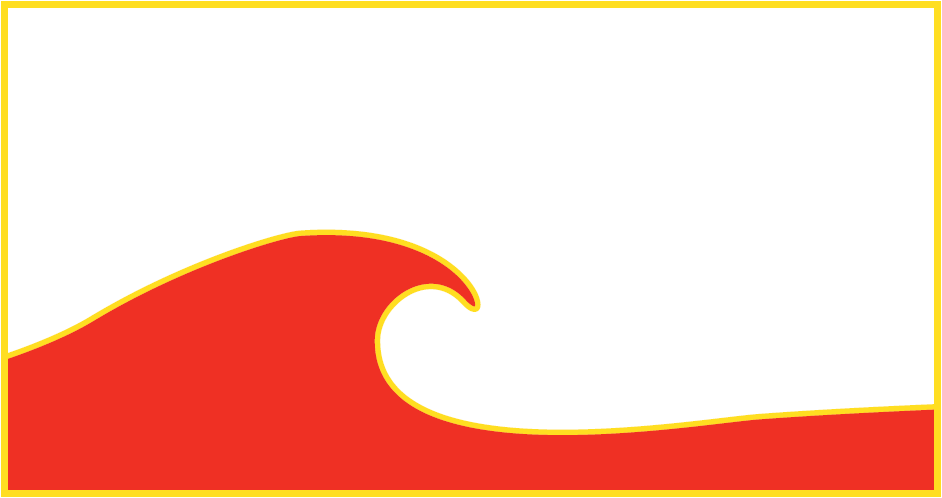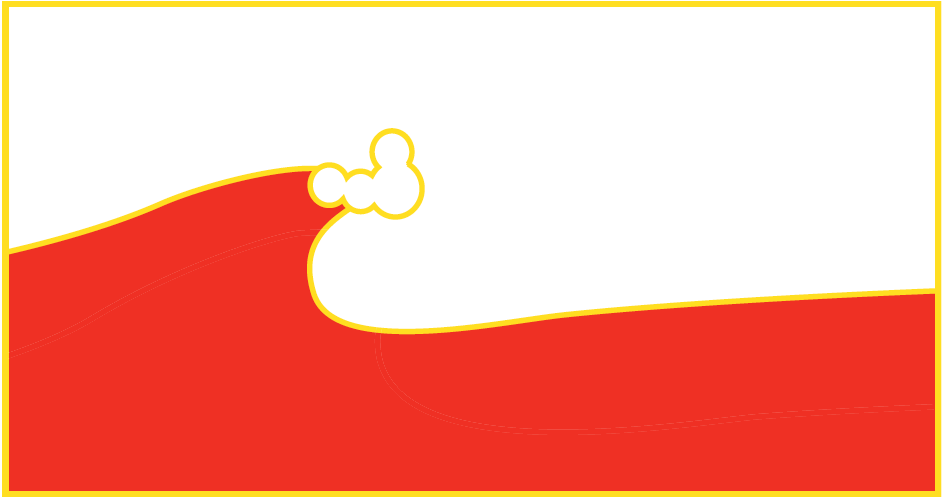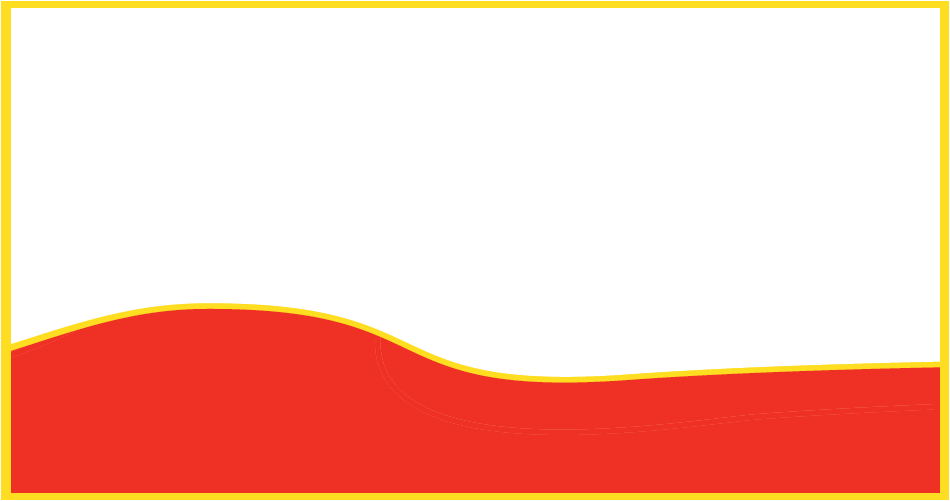Plunging or dumping waves create a hollow tube when they break. Surfers call this the ‘barrel’ or ‘tube’. Plunging waves are particularly dangerous as they can pick people up and ‘dump’ them onto shallow sandbanks or reefs with great force.

Waves are one of the most enjoyable features of the ocean. You can ride them, jump over them, dive under them, simply watch then gently roll in, or gasp as they crash and roar during a big swell.
Different conditions affect waves and it’s important to understand how the waves work, what types of waves may be present when you visit, and how you can deal with them to reduce the potential for injury.
Wind Strength: The stronger the wind, the bigger the swell.
Wind Direction: The wind needs to push the waves towards the beach for there to be surf. Sometimes beaches are also protected by headlands or reefs, which stop waves from reaching the beach.
Wind Duration or Fetch: The distance the wind has been blown over the ocean. The bigger the fetch, the bigger and cleaner the surf will be.
Waves will form into a regular pattern of larger and smaller waves. The larger waves in the pattern are called sets and the smaller waves referred to as the lull. The time between each wave crest is called the wave period and is measured in seconds. All of this information can help lifeguards determine the conditions at the beach on any given day.
When the swell reaches shallow water it pushes itself upward until the slope of the crest cannot support itself. This is when it will break. There are three types of breaking waves each with their own key characteristics. On any beach, there will commonly be a combination of these three types of waves.
Plunging or dumping waves create a hollow tube when they break. Surfers call this the ‘barrel’ or ‘tube’. Plunging waves are particularly dangerous as they can pick people up and ‘dump’ them onto shallow sandbanks or reefs with great force.

Spilling or rolling waves are found where there are generally flat shorelines. These are generally safer types of waves. They occur when the crest breaks onto the wave face itself.

Surging waves may never actually break as they approach the water’s edge since the water is very deep. They are commonly seen around rock platforms and beaches with steep shorelines. They are dangerous because they can appear suddenly and knock people over before dragging them back into deeper water.
